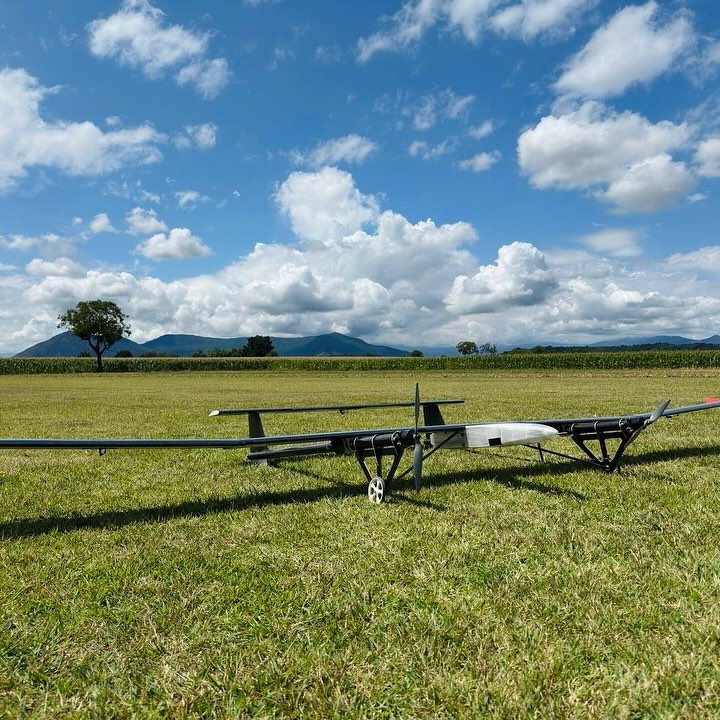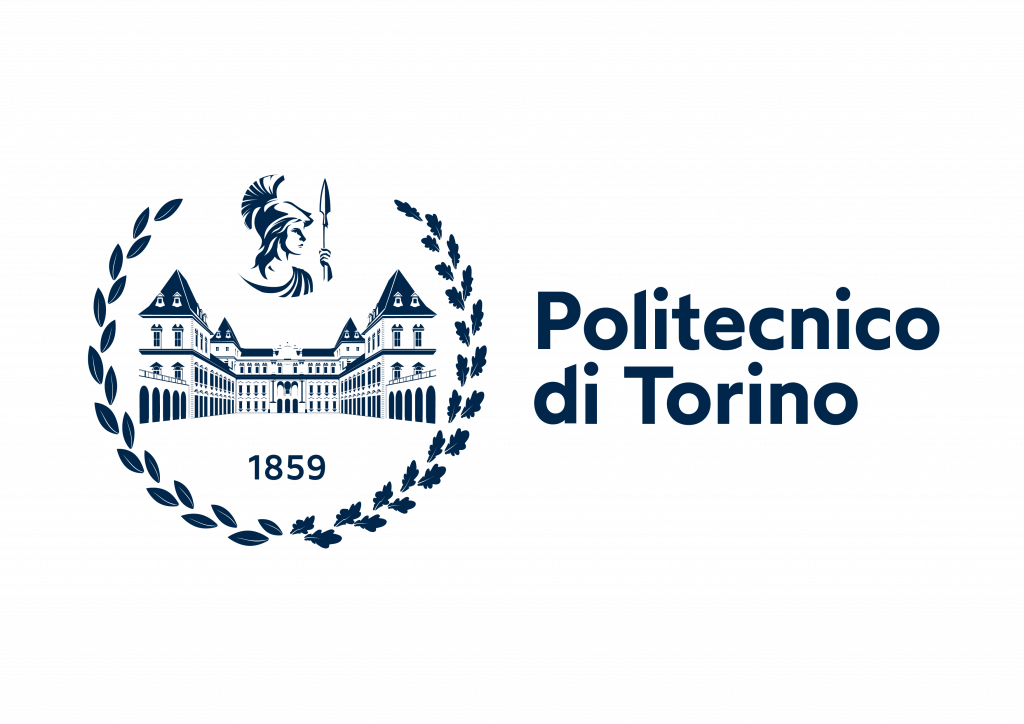
ACC
Our mission is to develop cargo UAVs for the Air Cargo Challenge, an international competition.
THE AIR CARGO CHALLENGE
The aim of the Air Cargo Challenge is to create cargo UAVs capable of accomplishing a specific mission. Scoring parameters include the payload our models can carry, their speed, and their
efficiency.
There are also bonus points for special features, such as the ability for our aircraft to take off from a short runway or for our team’s speed in loading the cargo onto the aircraft! Each edition of the Air Cargo Challenge is hosted by the winning team from the previous competition, which is responsible for organizing the event and establishing the regulations.
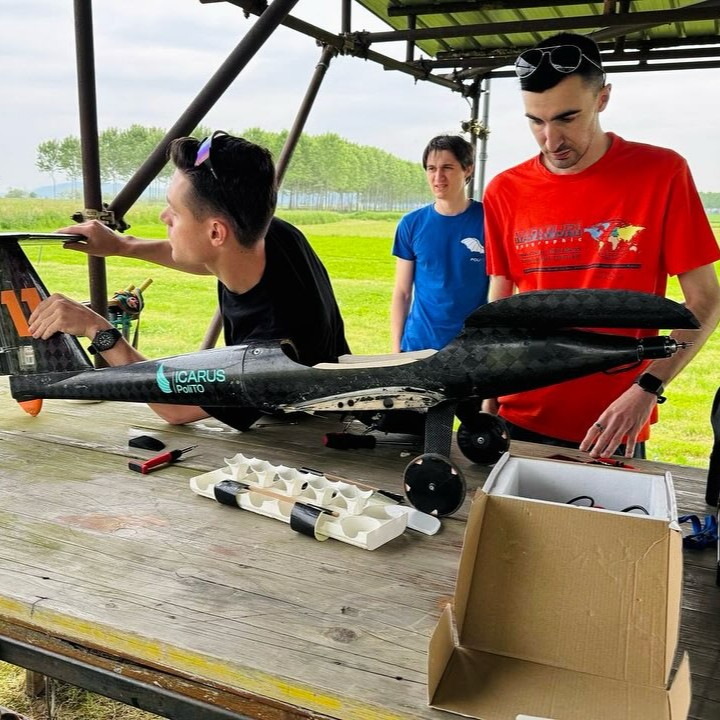

OUR ACTIVITIES
For each edition of the ACC, we must build a brand-new aircraft from scratch, taking care of every phase: from the design of each component to the construction of the model and, finally, a rigorous flight testing campaign.
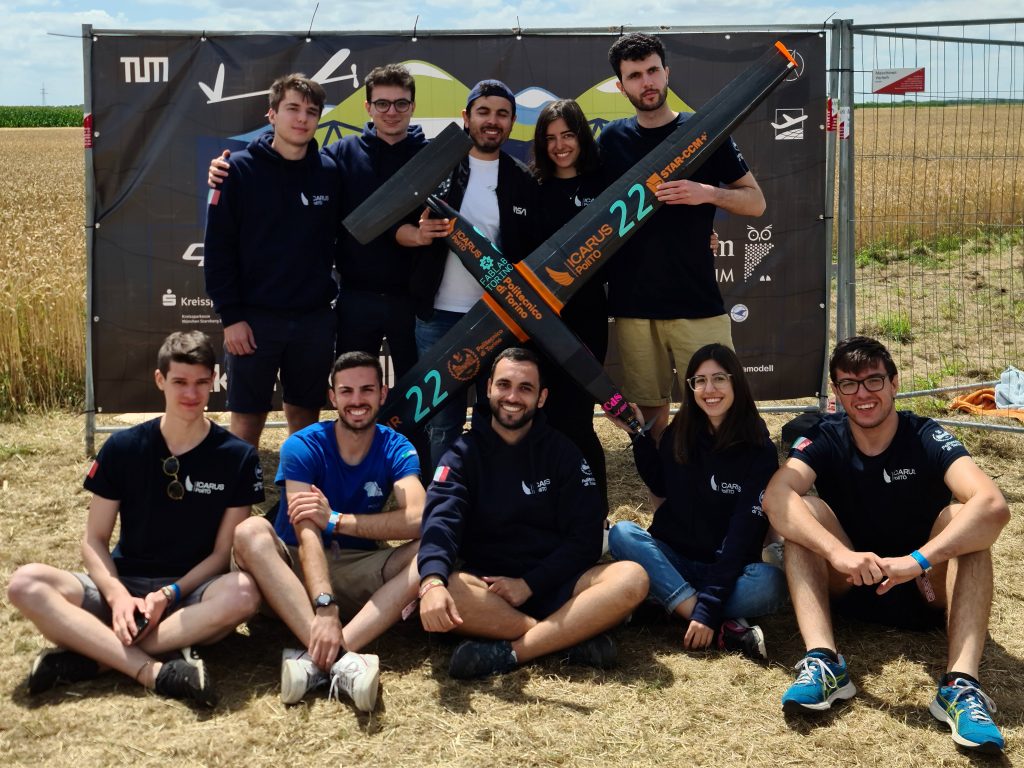
CURRENT GOAL
ACC 2024 will be held in Aachen (Germany). According to the regulations, we have to develop a cargo UAV that can transport billiard balls representing “passengers”.
The flight mission is composed of four phases: take-off and climb, a maximum efficiency task, a maximum speed task, and landing, and we are evaluated based on the performance during each task, and on how many balls we carry.
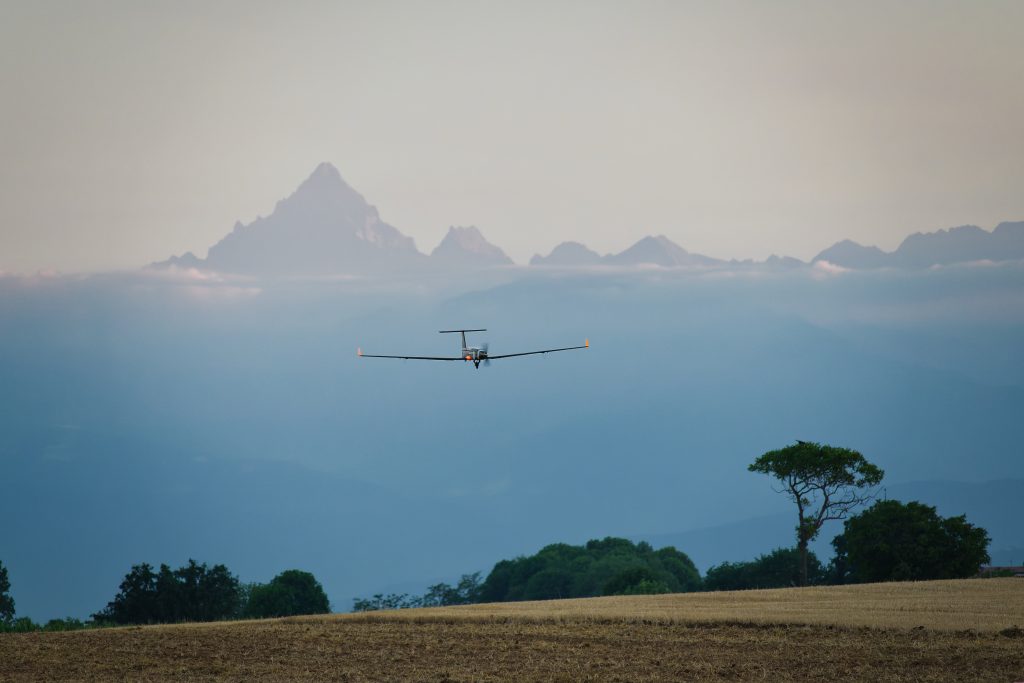
past planes
ACC
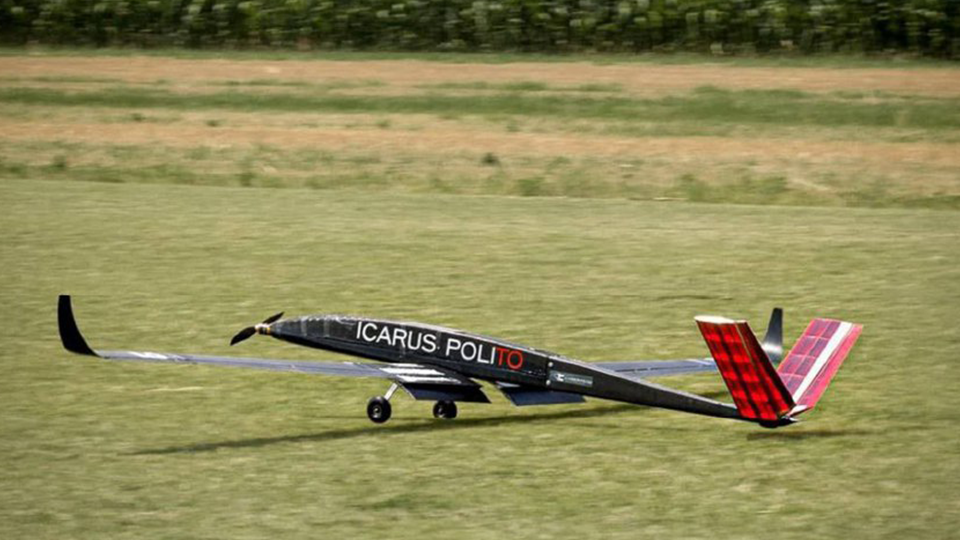
Anubi – ACC 2017
Anubi was developed to participate in ACC 2019 in Zagreb. It was the first ever airplane to be built by Icarus Team. Today, it is being used by the PhotoNext research team in the Department of Mechanical and Aerospace Engineering at PoliTO, who have installed new and innovative equipment on it, including optical fiber sensors, to perform structural monitoring on the aircraft in real time during its flight.
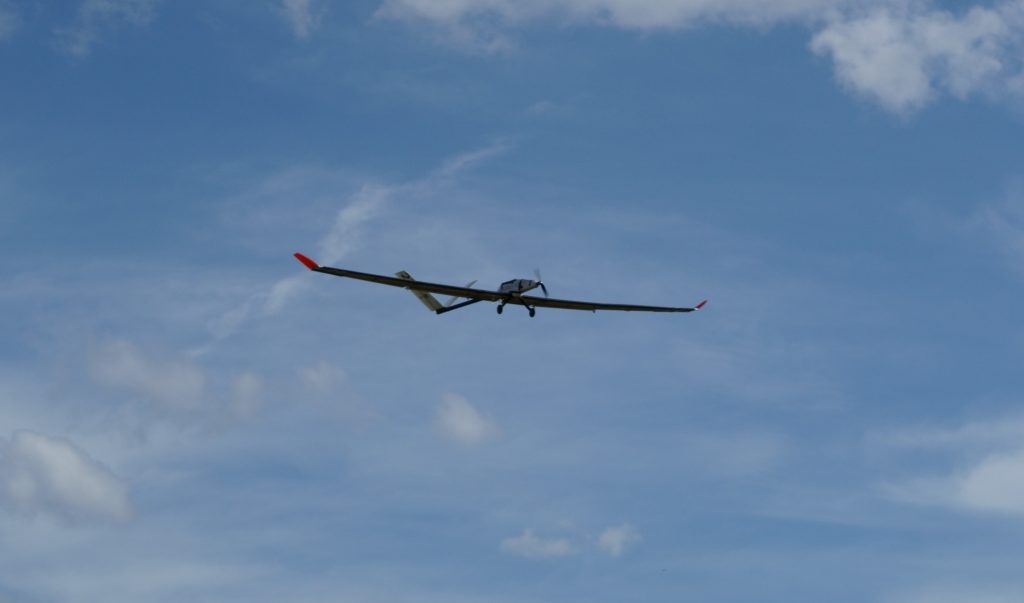
Vega – ACC 2019
Vega is the aircraft model we have developed for the Air Cargo Challenge 2019 in Stuttgart. It is the biggest UAV that has been built in the ACC section of our team, and it was the one that achieved the best ranking during the competition.

Ichor – ACC 2022
Ichor is the latest airplane our team has built. It was developed to participate to the Air Cargo Challenge 2022 in Munchen, and its mission, according to the regulations, is to transport blood bags to simulate an emergency situation in which medial assistance is needed in areas that are difficult to reach.
Gallery
